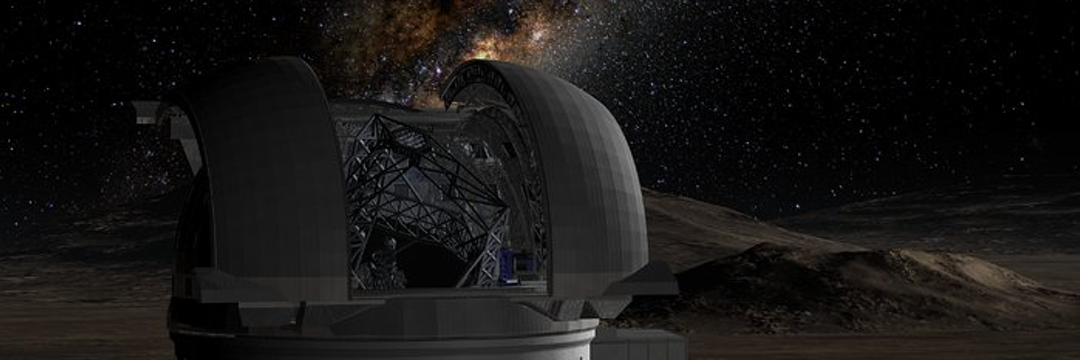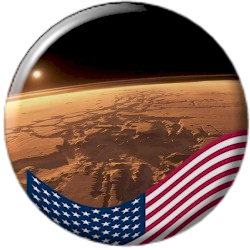
#Gravidade Gravidade
In the Indian Ocean, there is a region where Earth’s gravity is weaker. This place is known as the “gravity hole” and has very curious characteristics: the sea level in this area is 106 meters lower than in other places on the planet.
Discovered in 1948, scientists have only recently begun to understand how it formed.
What is the Gravity Hole”
The “gravity hole” is the largest deformation ever recorded in Earth’s gravitational field.
It is located in the Indian Ocean, 1,200 kilometers southwest of India, and extends over a huge area, 3.1 million square kilometers (almost the size of India).
The weaker gravity there means that the mass of the Earth in this region is smaller, which makes the sea level much lower.
But how did such a massive deformation happen”
The Story of an Ancient Ocean
Scientists have discovered that the gravity hole is linked to the destruction of a very ancient ocean called Tethys.
– Tethys Ocean: About 180 million years ago, it existed between two supercontinents called Laurasia and Gondwana.
When Gondwana began to split, the Earth’s crust where Tethys was located slowly sank into the interior of the planet, entering the Earth’s mantle (the layer below the crust).
– Fragments in the Mantle: These pieces of crust sank deeper and deeper, reaching the lower mantle about 20 million years ago.
This caused major changes in the interior of the planet.
A Giant Bubble Under Africa
When the fragments of the Tethys Ocean reached the bottom of the mantle, they pushed up dense materials that were in the region called the “African blob” – a giant bubble of crystallized magma located under Africa.
– What happened”
Less dense material rose to replace the dense material that was displaced.
This caused the total mass of the region to decrease, weakening gravity in that area of the Indian Ocean.
Research Continues
Scientists are working to confirm these findings using earthquake data, which could show whether there really is low-density material in the mantle beneath the gravity hole.
This research also revealed something fascinating: Earth is full of mysterious “blobs” of magma in the mantle, some of which are still unknown.
In addition, studies of the interior of Mars show that planets also have these strange formations.
Why is this important”
Understanding the gravity hole in the Indian Ocean helps us better understand how the interior of our planet works.
It also reminds us that Earth is constantly changing and that many mysteries are still waiting to be solved!
Published in 11/30/2024 02h21
Text adapted by AI (ChatGPT/Grok) and translated via Google API in the English version. Images from public image libraries or credits in the caption. Information about DOI, author and institution can be found in the body of the article.
Reference article:
| Geoprocessing Drone Systems HPC |

| ERP and CRM Systems Mobile Systems AI |


